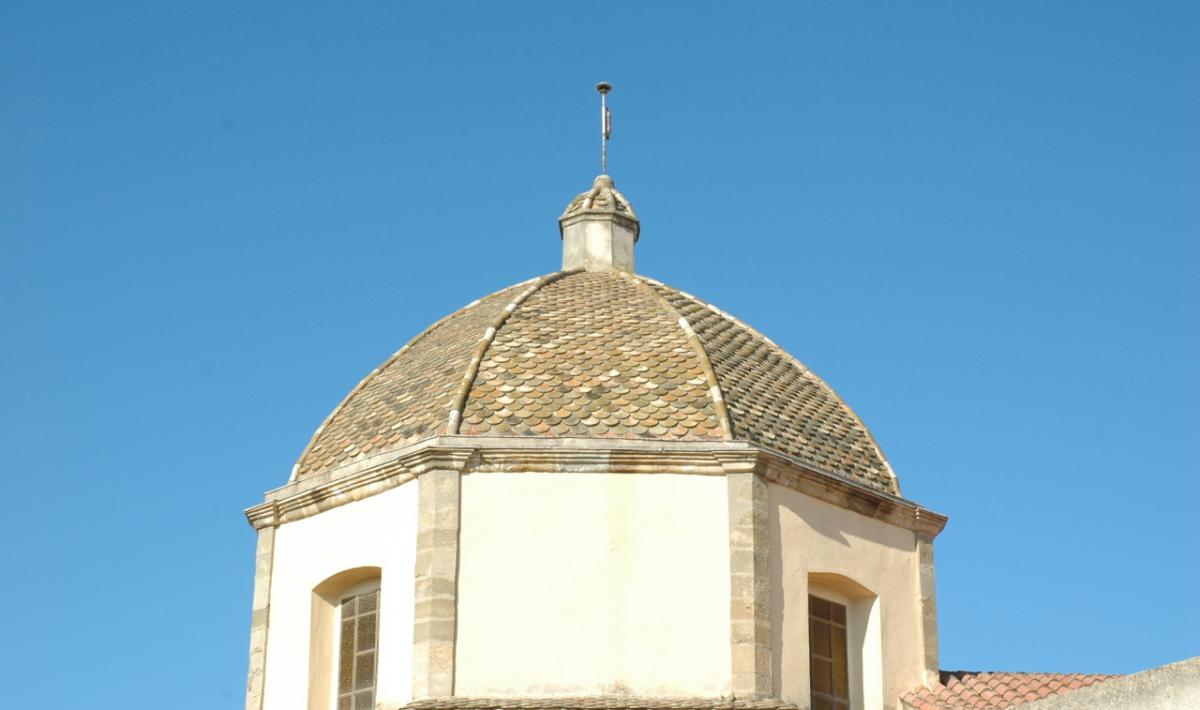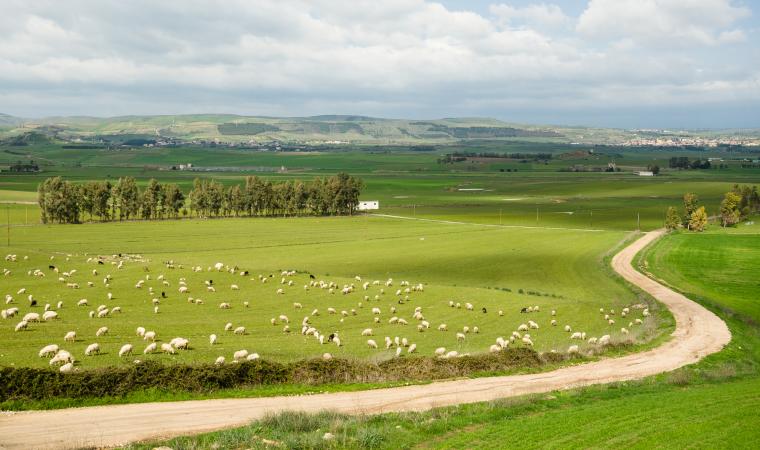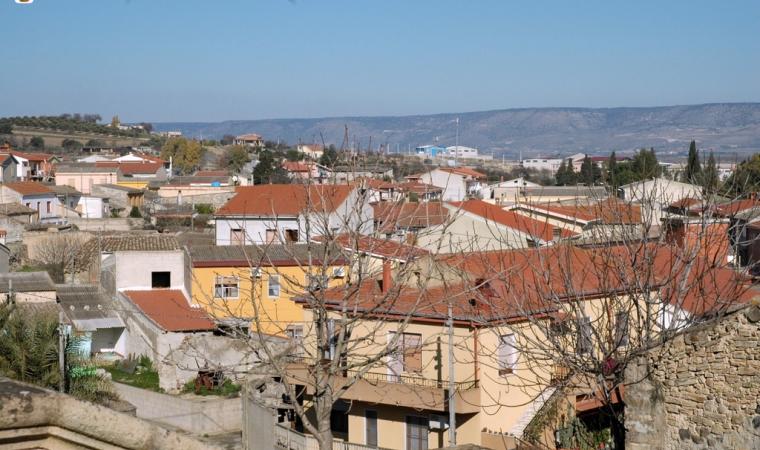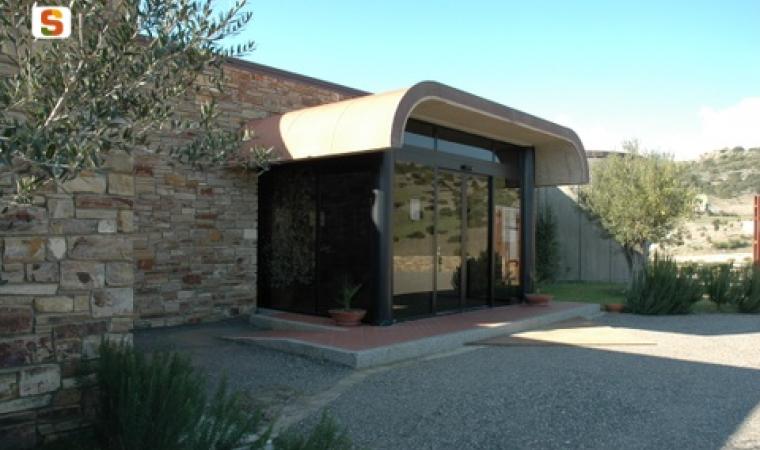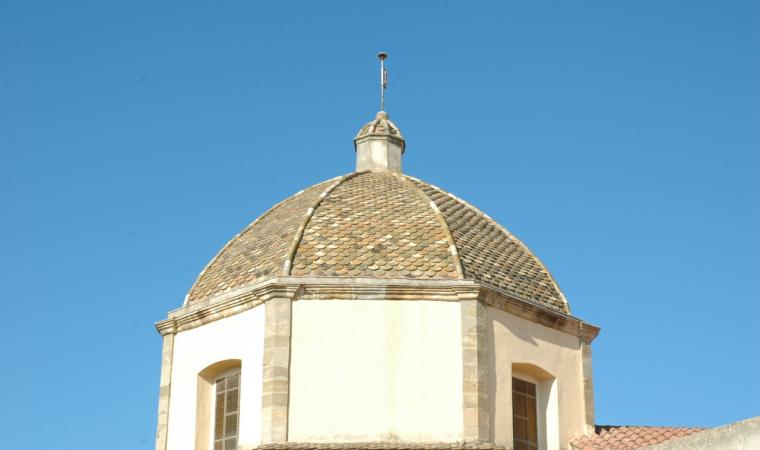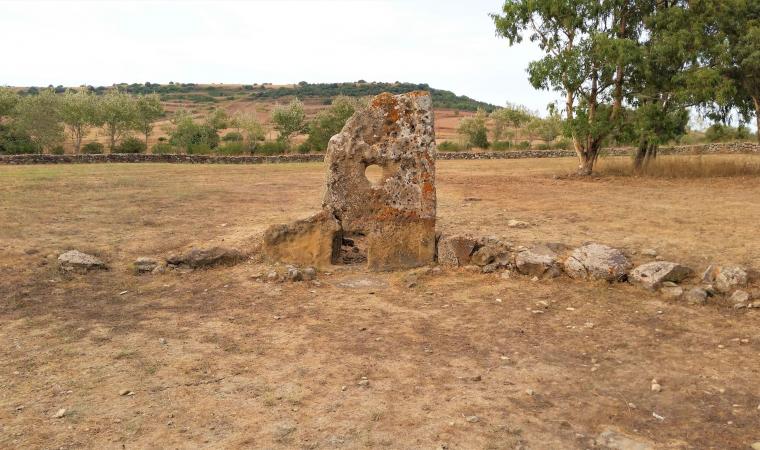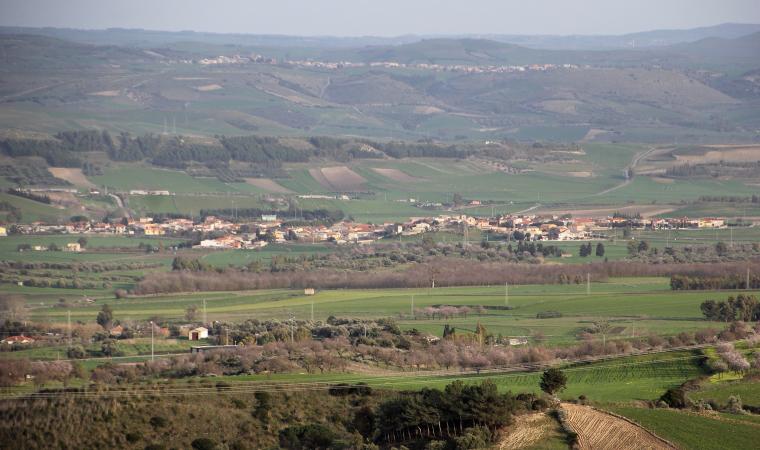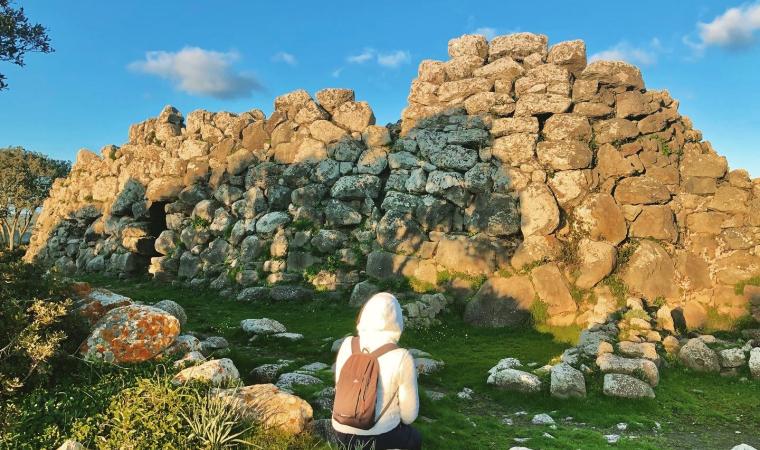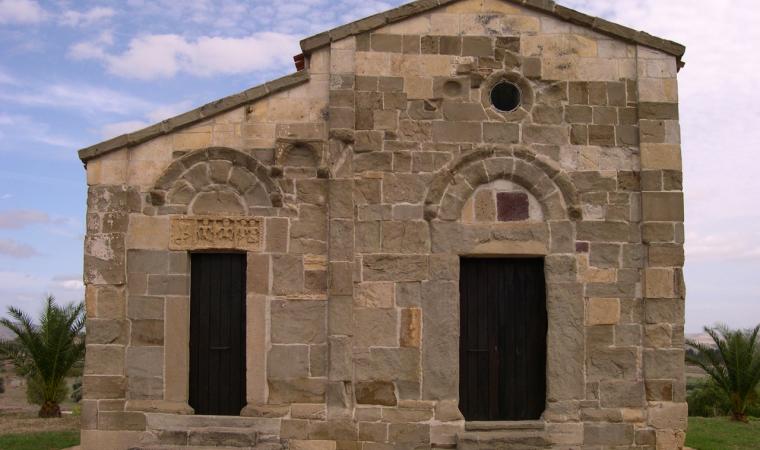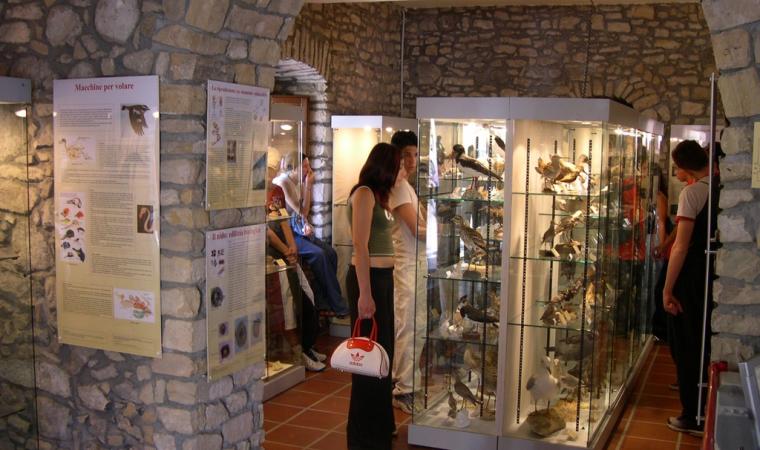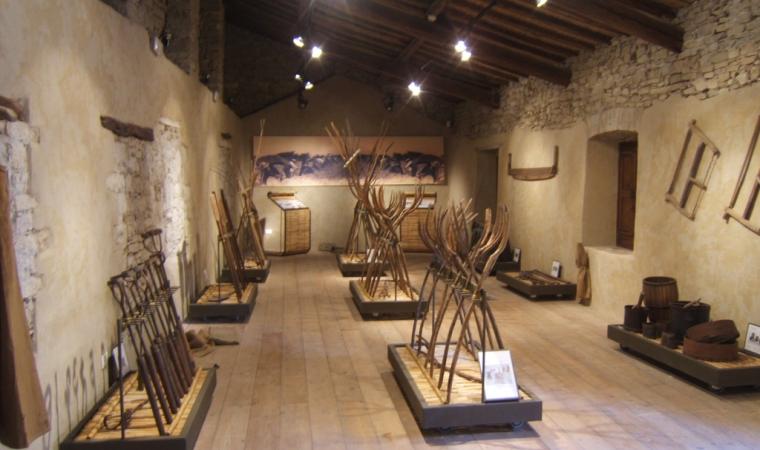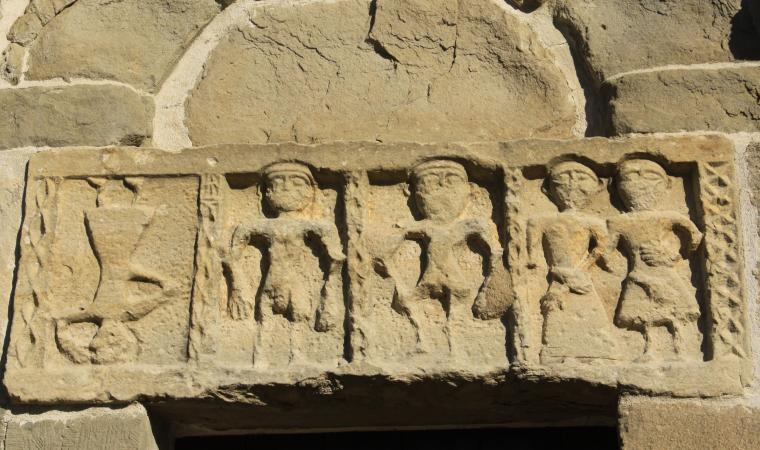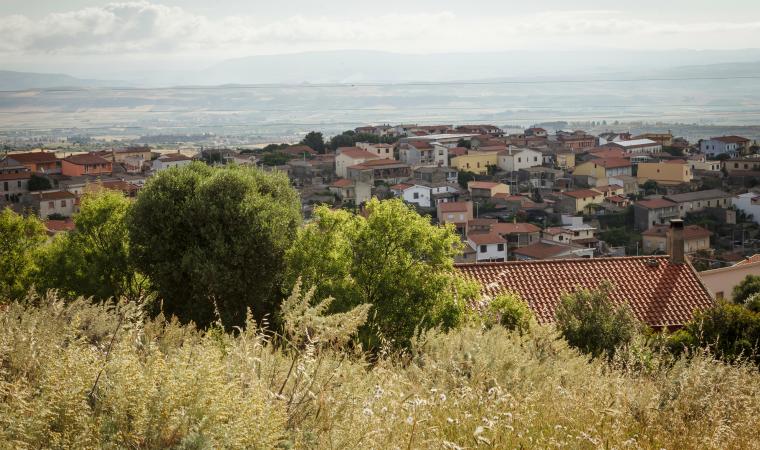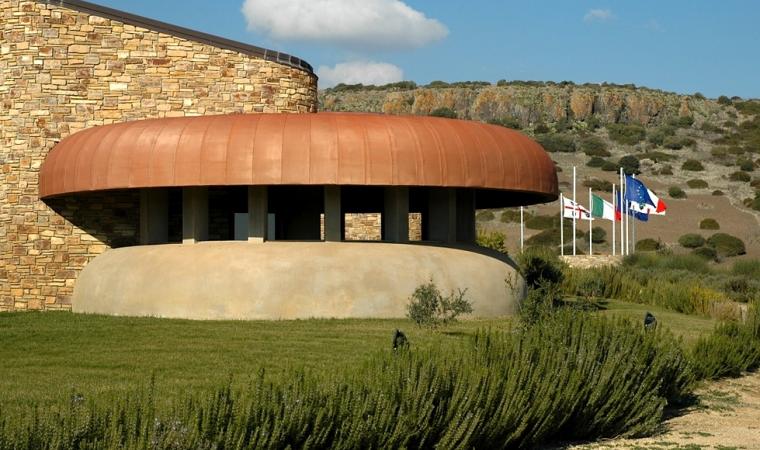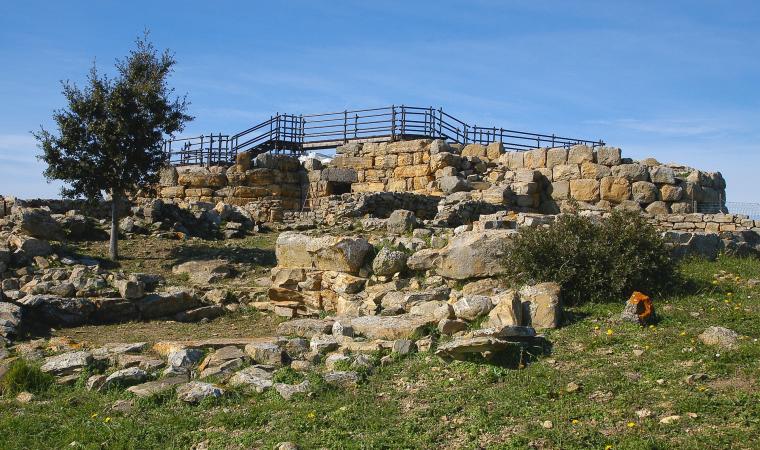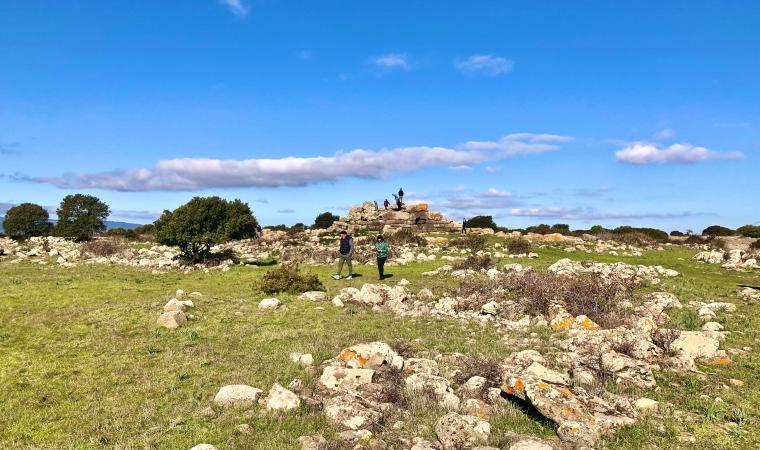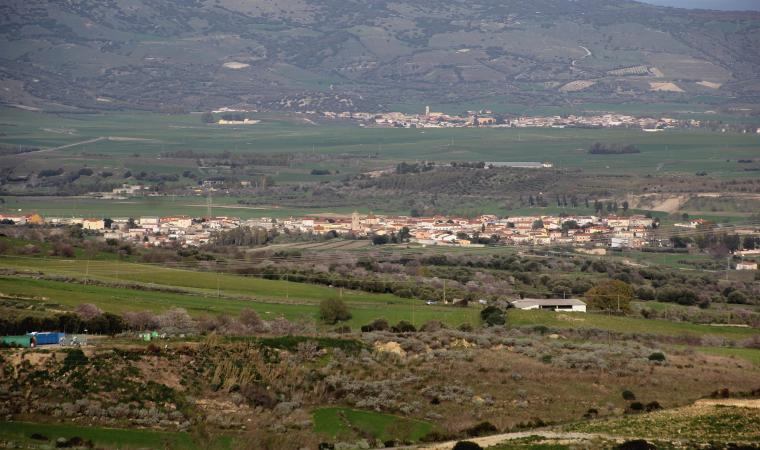It is located on the Marmilla plain, between the Mannu river and the Trexenta hills, surrounded by the Giara di Gesturi flood basalt plateau and by that of Siddi. Lunamatrona is a small village with agricultural and pastoral traditions and fewer than two thousand inhabitants. The name apparently comes from Juno Matrona, in honour of Juno: a temple dedicated to her may have been located here. Its agricultural production is well-known: legumes, olive oil and Malvasia, a wine at the centre a feast at the beginning of September, along with melon and 'pecora in cappotto' a stew made from sheep meat.
In the centre of the village, there is the parish church of San Giovanni Battista, the style of which is classicist with some seventeenth century inspiration. It stands on the site of a previous Benedictine church (11th century) and was built between the end of the 16th and the beginning of the 17th century. Inside, there is a single barrel vault, with four chapels on each side. In the first on the right, there is a retable of Santa Maria (St Mary), originally kept in the little church of the same name. The paintings depict episodes of the life of Christ, of the Virgin Mary and of the saints. The celebrations in honour of San Giovanni (St John) take place at the end of June.
The territory has been inhabited since the Pre-Nuragic age: you can visit the Trobas Protonuraghe, the Pitzu Cummu Nuraghe, in the outskirts of the village, and the Su Cuaddu de Nixias Tomb of Giants, the most ancient one (1700-1600 BC) in Sardinia. The name ('the horse of Nixias') stems from the presence of a hole in the upper part of the stele that, according to legend, was used for tying up horses. The burial room, which is ten metres long, is a sunken corridor delimited by stone slabs. At the back of the room, there is a quadrangular chest that is closed and raised with respect to the corridor. The entrance opens up at the base of a sandstone stele, which is currently four metres high. On the two sides, there are vertical slabs that decrease in size towards the outside and form the exedra. The space in front of the entrance was dedicated to the rituals in honour of the deceased. The tomb is included in the Sa Corona Arrubia Museo del Territorio (Territorial Museum), that occupies the basalt hills and tablelands of Collinas and Lunamatrona, covered in red lichens. The museum display consists of various thematic sections: botanical, wildlife, geological and anthropic. Part of the museum is dedicated to approximately two hundred traditional toys. You will be able to go up to the museum in a chairlift and also admire the megalithic monuments of the Giara basaltic plateaus from above.

